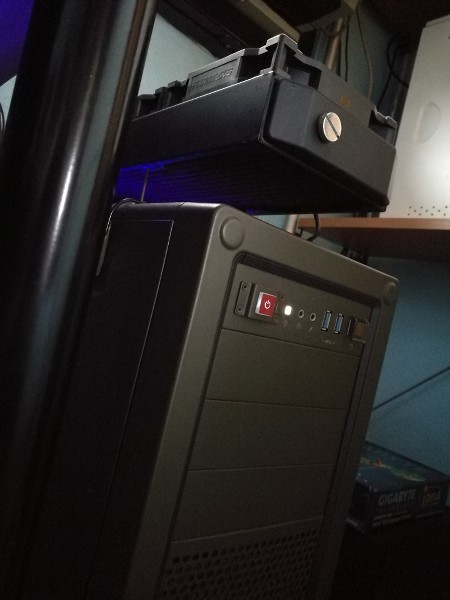euromodeller
Imagineer
This is regarding cooling for your PC.
In the UK we are in the middle of a heatwave.
Cleaning the PC of dust and clearing blocked cooling vanes is essential.
Then I thought, why is there so much crap in the PC case?
I reviewed my cooling method and modified it from a negative case pressure to a positive case pressure.
Why?
Negative case pressure sucks crap in through any available orifice in the case,
Positive case pressure blows hot air out through any available orifice, (you could name it the politician method couldn't you)
I've added an extra fan on top of the case so I now have 2 fans blowing air in instead of one fan blowing air out.
What do you think and what method do you use?
or
Maybe you never gave it a thought like me until today!
Also, what method of monitoring the temps could I use, I just ditched GeForce Experience because it's a resource hog.
In the UK we are in the middle of a heatwave.
Cleaning the PC of dust and clearing blocked cooling vanes is essential.
Then I thought, why is there so much crap in the PC case?
I reviewed my cooling method and modified it from a negative case pressure to a positive case pressure.
Why?
Negative case pressure sucks crap in through any available orifice in the case,
Positive case pressure blows hot air out through any available orifice, (you could name it the politician method couldn't you)
I've added an extra fan on top of the case so I now have 2 fans blowing air in instead of one fan blowing air out.
What do you think and what method do you use?
or
Maybe you never gave it a thought like me until today!
Also, what method of monitoring the temps could I use, I just ditched GeForce Experience because it's a resource hog.
Last edited:

